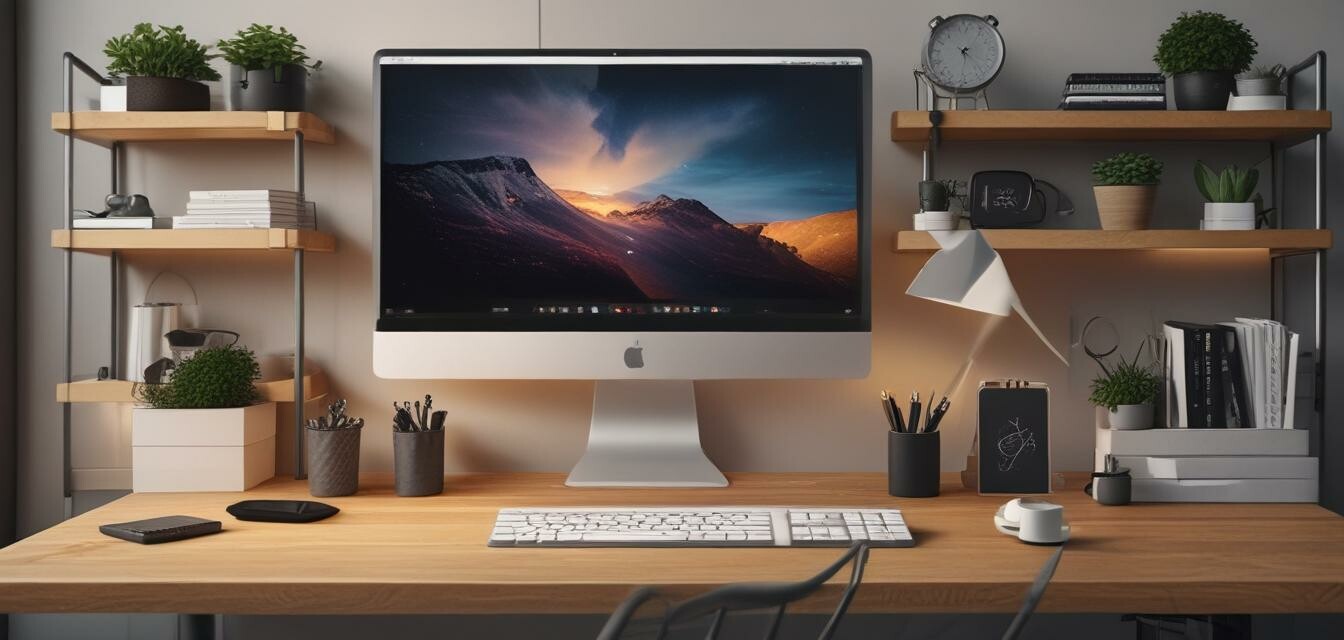
Creating a Zero-Distraction Work Environment
Key Takeaways
- Establish clear boundaries to differentiate work from leisure time.
- Optimize your workspace layout to minimize distractions.
- Invest in ergonomic furniture for comfort and focus.
- Utilize effective lighting to enhance productivity.
- Incorporate sound management strategies to reduce noise.
In today's fast-paced world, maintaining focus in a home office can often feel like a challenge. With distractions lurking around every corner, it's essential to create a workspace that promotes productivity and minimizes interruptions. This article will explore practical strategies for creating a zero-distraction work environment in your home office.
Designing Your Home Office Layout
The layout of your home office plays a pivotal role in minimizing distractions. Here are some key considerations:
- Dedicated space: Assign a specific area of your home solely for work to help establish a mental workspace.
- Organized desk: Keep your desk clutter-free to prevent distractions from unnecessary items.
- Separation: Position your desk away from high-traffic areas in your home to reduce interruptions.
Ergonomic Furniture for Comfort
Investing in ergonomic furniture not only enhances your comfort but also keeps you focused on your tasks. Consider the following:
| Type of Furniture | Benefits |
|---|---|
| Ergonomic Chair | Supports good posture, reduces strain on the back. |
| Height-Adjustable Desk | Encourages movement, allows for sitting or standing work. |
| Monitor Stands | Improves screen visibility, prevents neck strain. |
Lighting Solutions for Focus
Proper lighting can significantly affect productivity. Here’s how to enhance lighting in your home office:
Lighting Tips
- Use natural light where possible to create a warm ambiance.
- Incorporate adjustable desk lamps to focus light on work tasks without harsh glare.
- Consider warm LED bulbs to create a cozy atmosphere.
Managing Sound and Noise
Controlling sound levels in your workspace can significantly improve your concentration. Here are some strategies:
- White noise machines: Use white noise or calming soundscapes to mask distracting noises.
- Soundproofing: Add sound-absorbing materials like rugs, curtains, or wall panels.
- Noise-canceling headphones: Invest in quality headphones to help block out interruptions.
Establishing Boundaries
To maintain a zero-distraction environment, setting boundaries is crucial:
- Communicate your working hours to family members or housemates.
- Create “do not disturb” signals, such as a closed door or a designated workspace flag.
- Develop a consistent routine that signals when you’re available versus when you're not.
Pros
- Increased productivity and focus.
- Reduced stress from distractions.
- Enhanced overall work satisfaction.
Cons
- Initial setup costs for ergonomic furniture.
- Time investment in creating a distraction-free environment.
Conclusion
Creating a zero-distraction work environment is an ongoing process but a worthy investment for your productivity. By strategically designing your workspace, investing in the right furniture, managing noise levels, and establishing clear boundaries, you can cultivate a workspace that fosters focus and efficiency.
For more tips on enhancing your home office, check out our articles on buying guides and explore the latest news and trends in home office design.
Additionally, if you're ready to upgrade your workspace with new equipment, visit our category pages for ergonomic chairs and office desks that prioritize comfort and functionality.